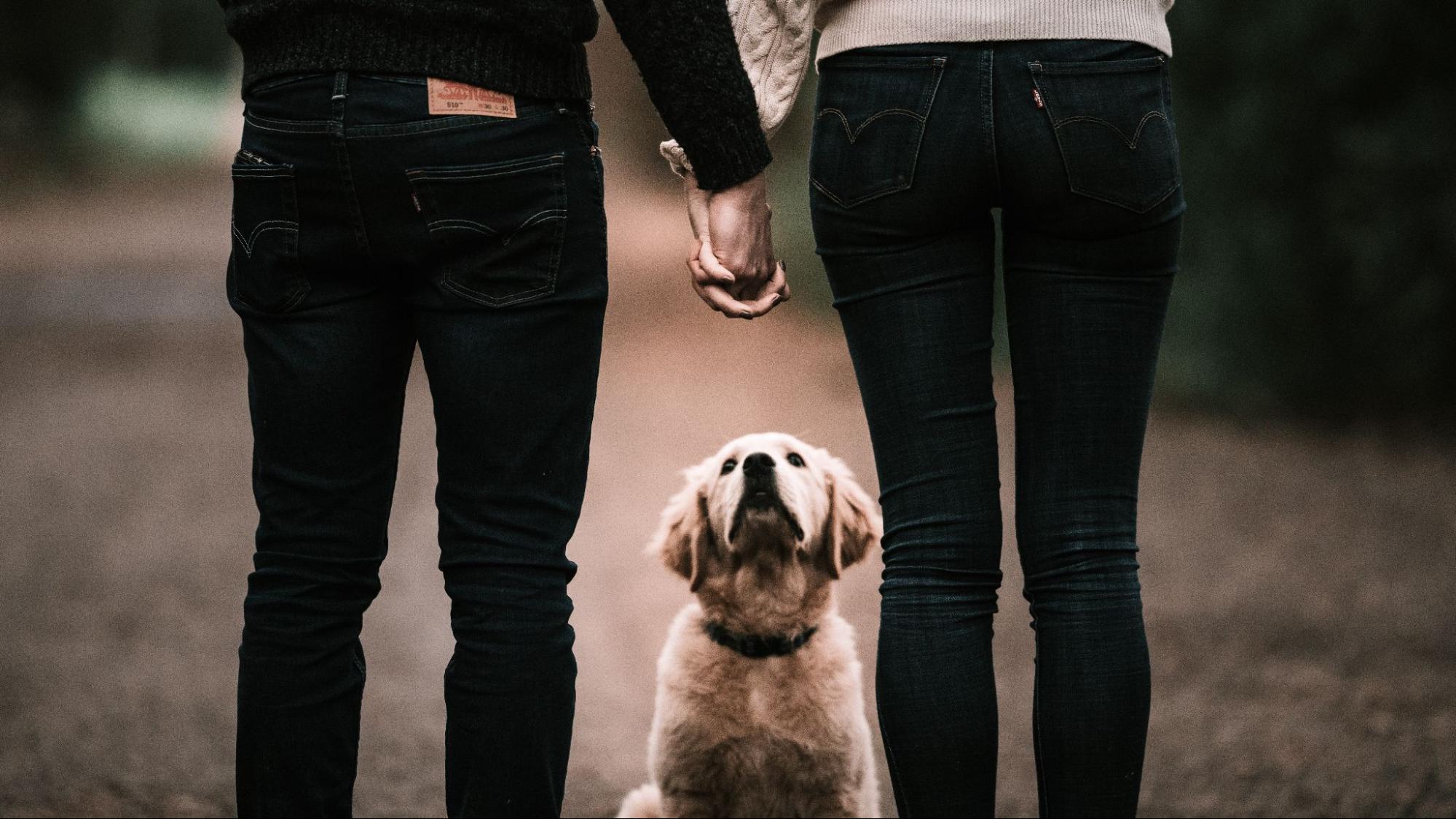How to Get Puppy to Walk on Leash
If you’re struggling with getting your Labrador puppy to walk on a leash, you’re not alone. Leash training can be a challenging process, but with the right approach and consistency, you can teach your furry friend to walk calmly by your side. In this article, I’ll share some effective tips on how to leash train your Labrador and get them walking confidently on a leash.
Firstly, it’s important to introduce the leash gradually and positively. Start by allowing your puppy to become comfortable wearing their collar or harness before attaching the leash. Let them sniff and explore the equipment so they associate it with positive experiences. Once they are relaxed with the collar or harness on, attach a lightweight leash and let them drag it around in a safe area.
Next, begin short training sessions indoors or in a quiet outdoor space free from distractions. Hold the leash loosely and encourage your Labrador puppy to follow you using treats or toys as rewards. Avoid pulling or yanking on the leash as this may create negative associations for your pup.
As you progress, gradually increase the length of walks and expose your puppy to different environments while maintaining a calm demeanour yourself. Remember to reward good behaviour consistently throughout the training process.
Leash training takes time and patience, but with these techniques, you can help your Labrador puppy become confident on walks in no time. Stay consistent, be positive, and remember that every dog learns at their own pace. Happy walking!
Choosing the Right Leash
When it comes to leash training your Labrador and getting your puppy to walk on a leash, one of the crucial factors is choosing the right leash. The leash you select will play a significant role in making the training process comfortable and successful for both you and your furry friend. Here are some key points to consider when choosing a leash:
- Length: Opt for a leash that provides enough length for your Labrador to explore and move around comfortably while still allowing you to maintain control. A standard length of 4-6 feet is usually ideal, giving your pup enough freedom without compromising safety.
- Material: Look for a sturdy yet lightweight material that can withstand regular use. Nylon leashes are popular due to their durability, affordability, and ease of cleaning. However, leather leashes can also be an excellent choice as they tend to become softer with time while maintaining their strength.
- Width: Consider the width of the leash based on the size and strength of your Labrador. For larger dogs like Labradors, wider leashes provide better control and distribute pressure more evenly across their bodies.
- Handle Design: Pay attention to the handle design as it greatly affects comfort during walks. Look for padded handles or ergonomic designs that offer a firm grip without causing strain or discomfort on your hands.
- Additional Features: Some leashes come with additional features such as reflective strips for increased visibility during nighttime walks or built-in waste bag dispensers for added convenience.

Introducing the Leash to Your Puppy
So, you’ve got a new Labrador puppy and you’re excited to start leash training. But where do you begin? Introducing the leash to your furry friend is an important first step in teaching them how to walk on a leash. In this section, I’ll guide you through some effective techniques that will help make this process easier for both you and your puppy.
- Start Early: It’s best to introduce the leash to your puppy at a young age. Puppies are more adaptable and open to learning new things during their early developmental stages. By starting early, you can establish positive associations with the leash right from the beginning.
- Familiarise with the Leash: Begin by allowing your puppy to sniff and investigate the leash in a controlled environment. Gradually attach it to their collar or harness while offering treats and praise as rewards. This helps create positive associations between the presence of the leash and enjoyable experiences.
- Short Sessions: Keep initial training sessions short and sweet. Start indoors or in a secure outdoor area with minimal distractions. Allow your puppy to wear the leash for brief periods while engaging them in fun activities like playing fetch or offering treats as rewards.
- Positive Reinforcement: Use positive reinforcement techniques such as treats, praise, and gentle petting when your puppy shows interest in or approaches the leash willingly. This encourages them to associate wearing a leash with positive experiences and builds their confidence.
- Take it Slowly: Gradually increase the duration of each training session over time as your puppy becomes more comfortable with wearing the leash. Take small steps forward, both literally and figuratively! If they resist or show signs of anxiety, take a step back and go at their pace.